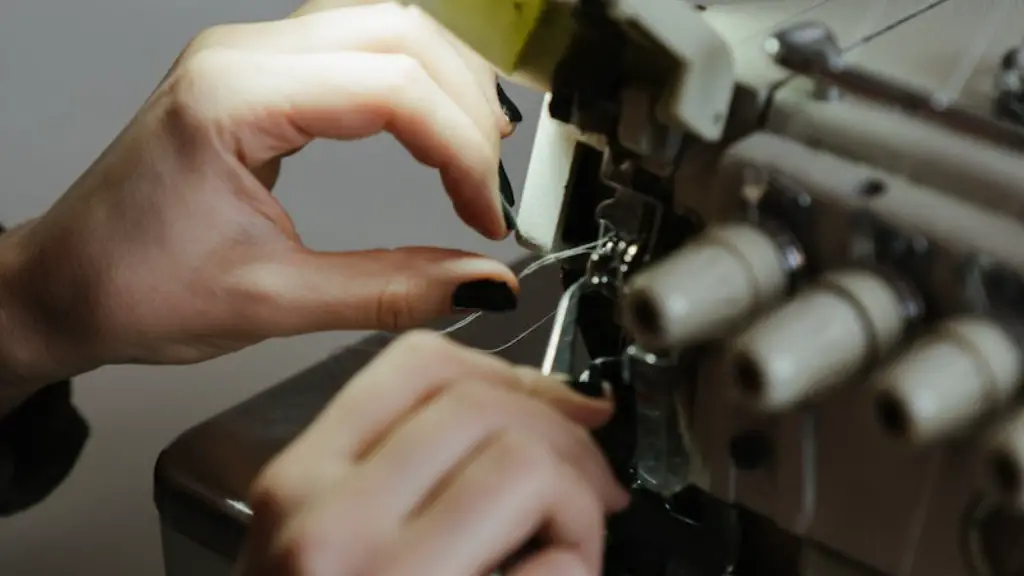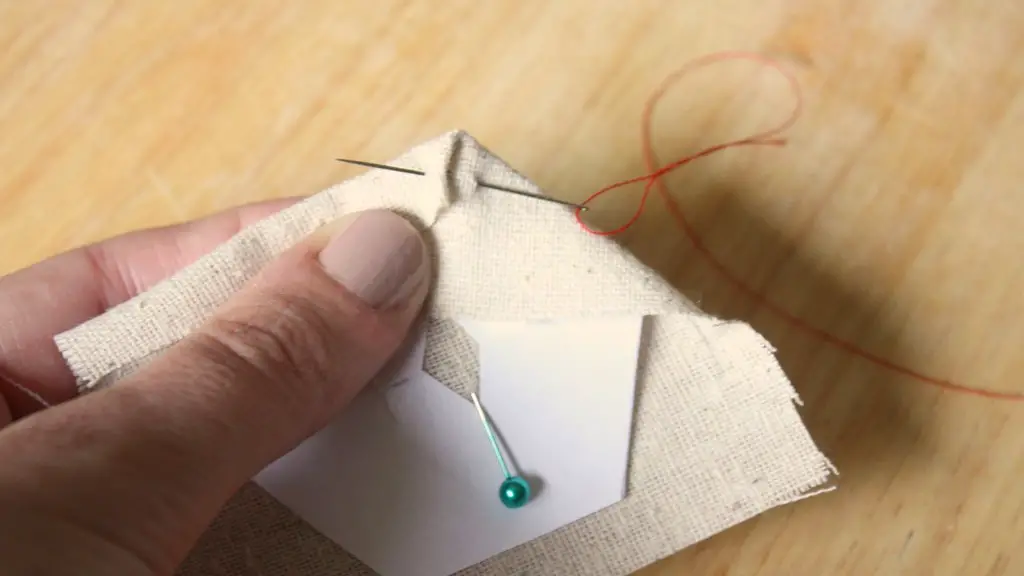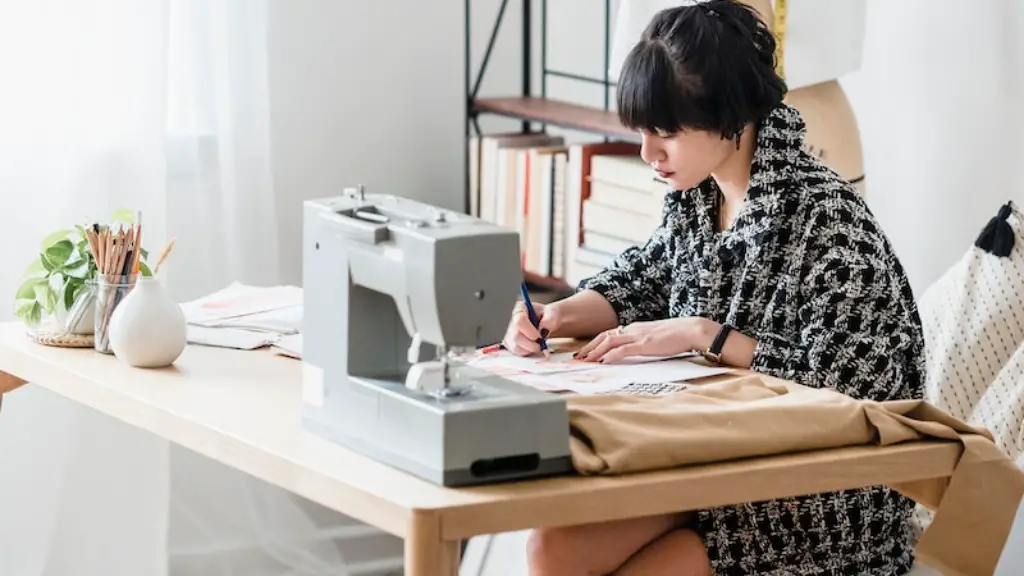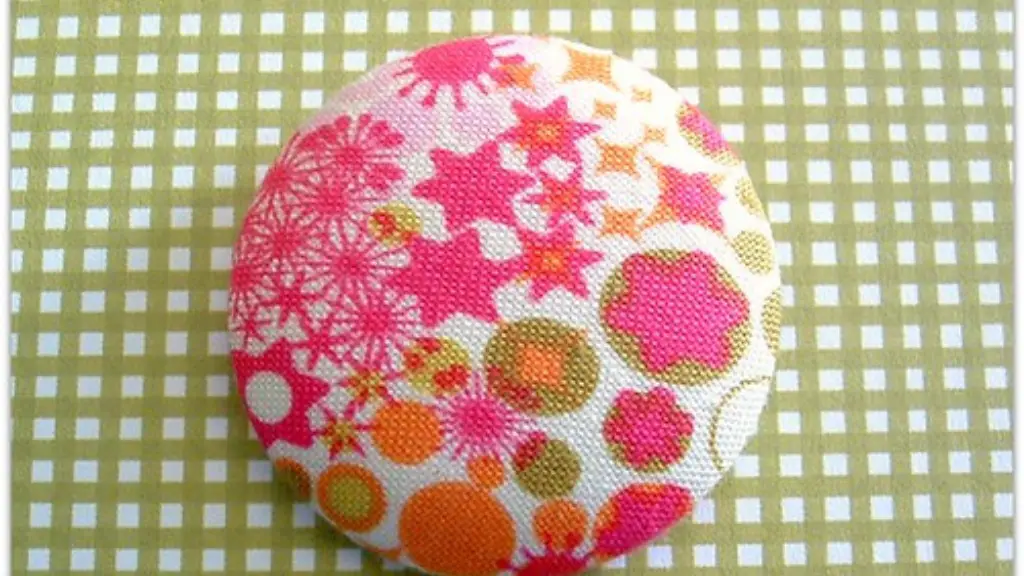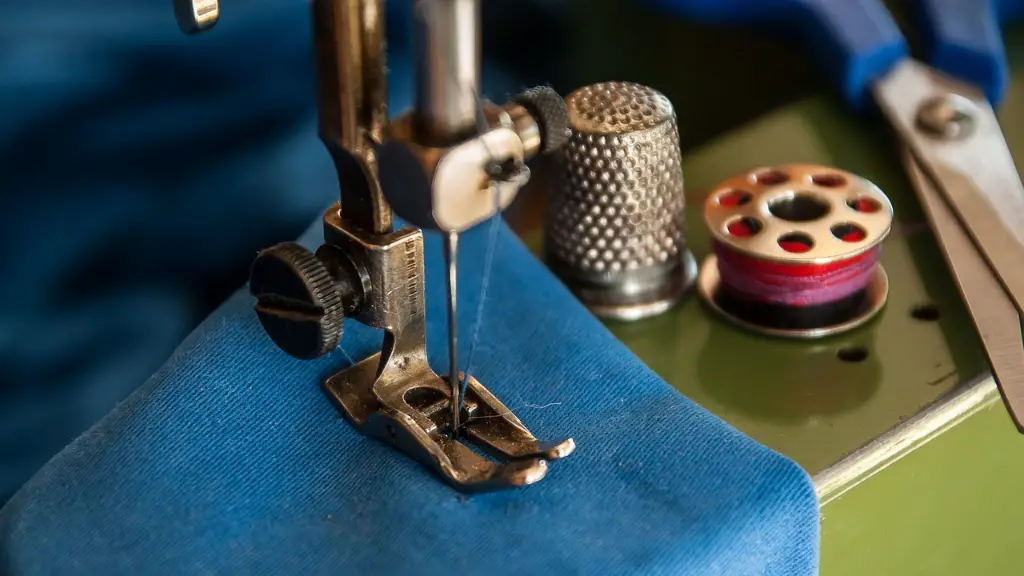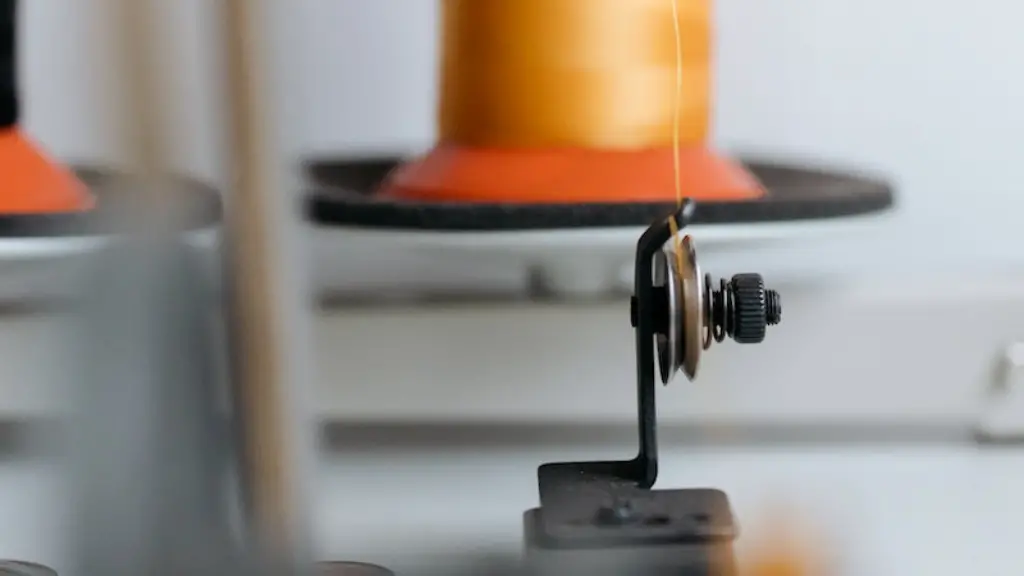Many people think that a sewing machine is an investment, and it needs to be maintained and serviced over time. This is especially true for Singer sewing machines––a trusted and reliable manufacturer for a number of sewing projects. With periodic servicing, you can ensure your Singer sewing machine runs smoothly and efficiently for a long time.
Before you start, it’s important to know the basics of how a Singer sewing machine works. A Singer sewing machine comprises of a motor, a few nuts, bolts, and a number of metal components that are attached to one another and function to reduce wear on the machine. In order to service your Singer sewing machine, you need to know how these components work and interact. Generally, the most basic maintenance rule is to regularly clean, lubricate, and adjust the machine.
Cleaning a Singer sewing machine is the first step in servicing it. You should unplug the machine before starting and use a soft, clean cloth to wipe down the motor and the bolt, nuts, and other metal components. Make sure to remove dust and dirt from inside the machine. Additionally, use a lint brush to dust away any dirt from the machine’s interior. Be sure to avoid abrasive cleaners and detergents as these may cause damage to the machine.
The next step is to lubricate the components. You can purchase lubricating oil from your local hardware store, and gently spread the oil on each part of the machine. Be sure to avoid over-oiling, as this can lead to dirt and dust build-up and can damage the machine. If you have an oil tester, you can use it to check the levels of lubricant in the machine. This is important because, without adequate lubrication, components may fail to move smoothly, leading to wear and tear on the machine.
The last step is to adjust the components of the machine. If you’re new to Singer sewing machines, it’s recommended that you refer to the instruction or repair manual that should have come with your machine. This manual will provide detailed instructions on how to adjust the tension, needle, and presser foot. If you encounter any difficulty, you should contact Singer customer care service or take your sewing machine to a professional sewing machine repair shop for assistance.
While servicing your Singer sewing machine is not a complicated process, it is often an overlooked one. Neglecting servicing can lead to several issues, including poor stitch control, and fewer stitches per minute. Therefore, always ensure that your sewing machine undergoes regular servicing. This will ensure that it runs smoothly for many years to come.
How to check for potential problems
Before servicing a Singer sewing machine, it’s important to check for any potential problems. Look for signs of wear on the machine components and check the condition of the belts or other wear parts. If they appear cracked or worn, they should be replaced as soon as possible in order to reduce the risks of further damage. Additionally, check the area around the needle and bobbin hook as this is often a neglected area. Once you’re done, carefully examine each part of the machine and make any necessary repairs or adjustments.
Maintenance tips
Investing in Singer sewing machine servicing is an effective way to ensure the machine is well maintained. However, there are few general tips you can incorporate in your Singer sewing machine use that will extend the life of your machine:
- Always use the recommended thread for your machine, as different types of thread need different tension levels set.
- Make sure to use the correct size needle for the fabric you’re working with.
- Check that the presser foot is working correctly before you begin a project.
- After each project, make sure to clean the bobbin case and needle plate.
- Use a lint brush to remove any lint particles from the machine.
How to use the parts of a Singer sewing machine
In order to perform basic servicing, you should learn how to use the parts of a Singer sewing machine. The most common ones to check for issues are the feed dogs, tension system, needle, bobbin case and presser foot.
The feed dogs are the metal teeth that move fabric beneath the presser foot centrally. They should move smoothly up and down as the machine sews. If your feed dogs are not moving properly, you may need to lubricate or adjust the tension of the machine.
The tension system controls how much thread is used in a project and helps to ensure that the stitches are even and the fabric remains secure. The tension of the machine should be adjusted according to the type of fabric and thread used.
The placement of the needle is important and affects how the machine sews. Make sure that the needle is placed properly––straight and level–– , as incorrect needle placement can cause thread breakage and skipped stitches.
The bobbin case holds the spool of thread and supports and feeds the thread into the machine. The bobbin case should be removed and cleaned occasionally to remove any lint or debris that can build up over time.
The presser foot holds the fabric down while you sew and keeps it from moving as the feed dogs move. Make sure the presser foot is secure and tight, as if it is too loose, it can cause skipped stitches and uneven fabric.
How to find Singer sewing machine service parts
If your Singer sewing machine requires repairs, the best place to get parts is directly from a Singer service center. Service centers are authorized by Singer to replace worn out or broken parts. Additionally, they can provide advice and guidance on how to properly use and maintain your sewing machine.
You may also be able to find Singer sewing machine parts on sites such as eBay, but it is important to make sure they are genuine parts, as counterfeit parts may cause damage to your machine. If you are unsure, it’s best to check with a Singer service center before ordering any parts.
Reasons to choose a Singer sewing machine
Singer sewing machines are among the most popular and reliable machines on the market. Singer sewing machines have a number of features that make them stand out from other sewing machines.
Singer sewing machines are heavy-duty and durable. They have a powerful motor and come with a longer warranty compared to other brands. Additionally, Singer machines are reliable, have superior stitch quality, and are relatively quiet––making them ideal for home sewing and quilting projects.
Singer sewing machines also offer a wide range of accessories and attachments. These include a number of feet and attachments such as zigzag feet, buttonhole feet, and rolled hems. Additionally, they come with an array of features like programmable needle positions, manual thread cutters, automatic thread tension, and built-in needle threaders.
Frequently asked questions
To help you service your Singer sewing machine, here are some of the most commonly asked questions:
Q: How often should I service my Singer sewing machine?
A: It is recommended that you service your Singer sewing machine every three to six months, depending on the frequency of use.
Q: What type of oil do I need for servicing my Singer sewing machine?
A: You should use a light oil such as 3-in-1 oil for optimal performance.
Q: How do I lubricate my Singer sewing machine parts?
A: The best way to lubricate your machine is to use a dropper or syringe to apply the oil between the moving parts of the machine.
